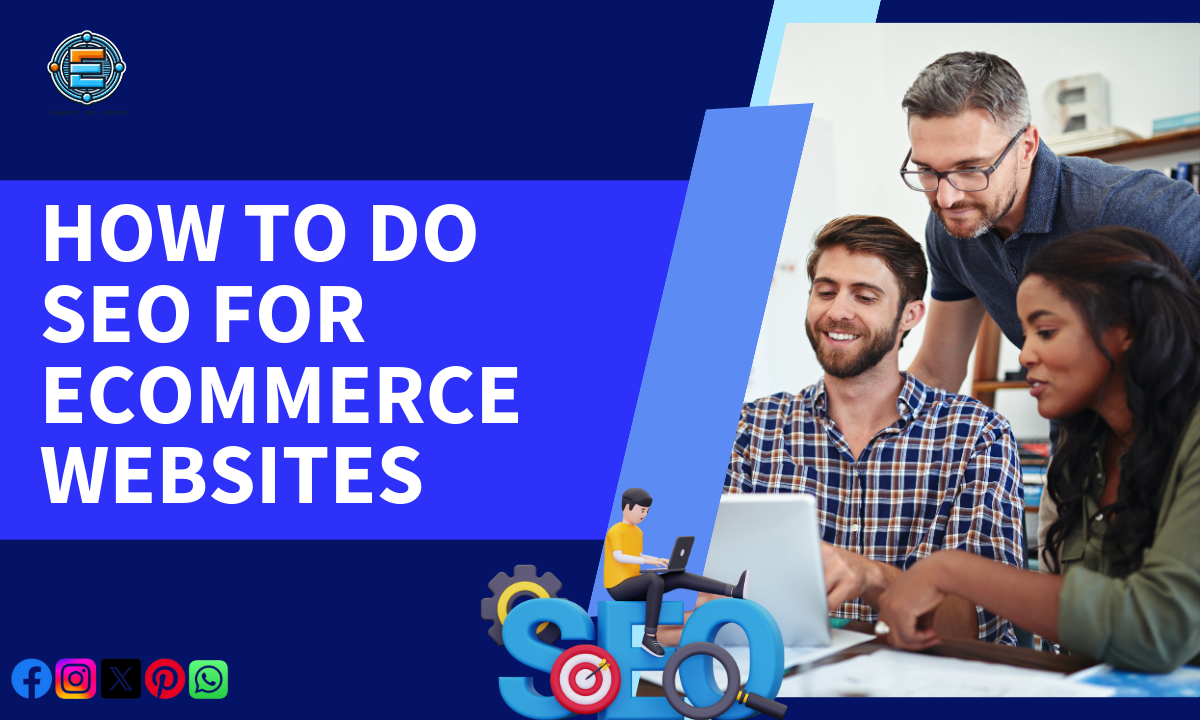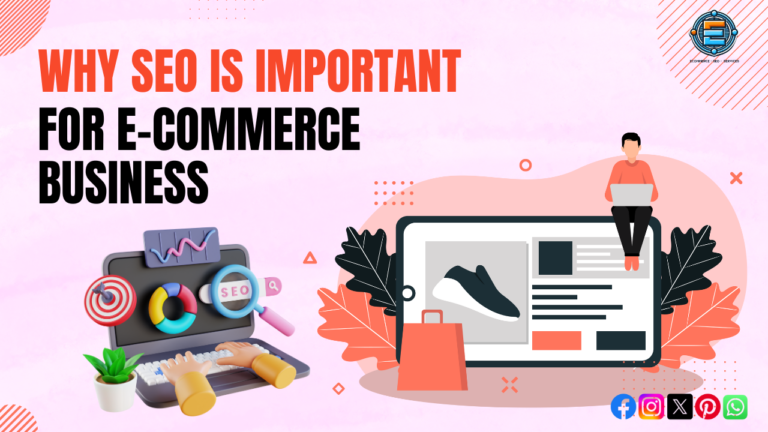To succeed in the online marketplace, you need a strong online presence that attracts customers. Without effective SEO for your e-commerce website, your products may be buried in search results, leading to lost sales opportunities. A solid SEO strategy is essential for increasing your visibility and driving more traffic to your store.
Many e-commerce businesses struggle with search engine optimization because they don’t know where to start. The good news is that by implementing targeted ecommerce SEO techniques, you can improve your rankings and make it easier for potential customers to find your products. Investing time in SEO can result in higher sales and a better chance of competing against larger retailers.
To help you navigate this complex landscape, this blog post will explore effective strategies and practical tips for optimizing your e-commerce website. You will learn how to implement these techniques to enhance your search engine optimization efforts and boost your online success.
Developing a Strong SEO Strategy
A well-crafted SEO strategy is essential for your eCommerce website to thrive.
By focusing on SEO fundamentals, conducting thorough keyword research, and optimizing site structure, you can significantly improve your online visibility and boost organic traffic.
Understanding Ecommerce SEO Fundamentals
Ecommerce SEO involves specialized tactics to help your online store appear higher in search results. At its core, the goal is to make your products visible to potential customers.
Start by ensuring that your website adheres to SEO best practices. This includes optimizing product pages, using relevant SEO content, and building backlinks to enhance trustworthiness.
Pay attention to schema markup. It helps search engines understand your content better, which can lead to rich snippets in search results. This visibility can improve click-through rates, ultimately driving more traffic to your site.
Performing Comprehensive Keyword Research
Keyword research is a critical part of your SEO strategy that many eCommerce SEO Services providers provide with their tested approach for finding profitable keywords. You need to identify relevant terms that your customers are searching for.
Use tools like the Google Keyword Planner to find keyword ideas, taking note of search volume and keyword difficulty.
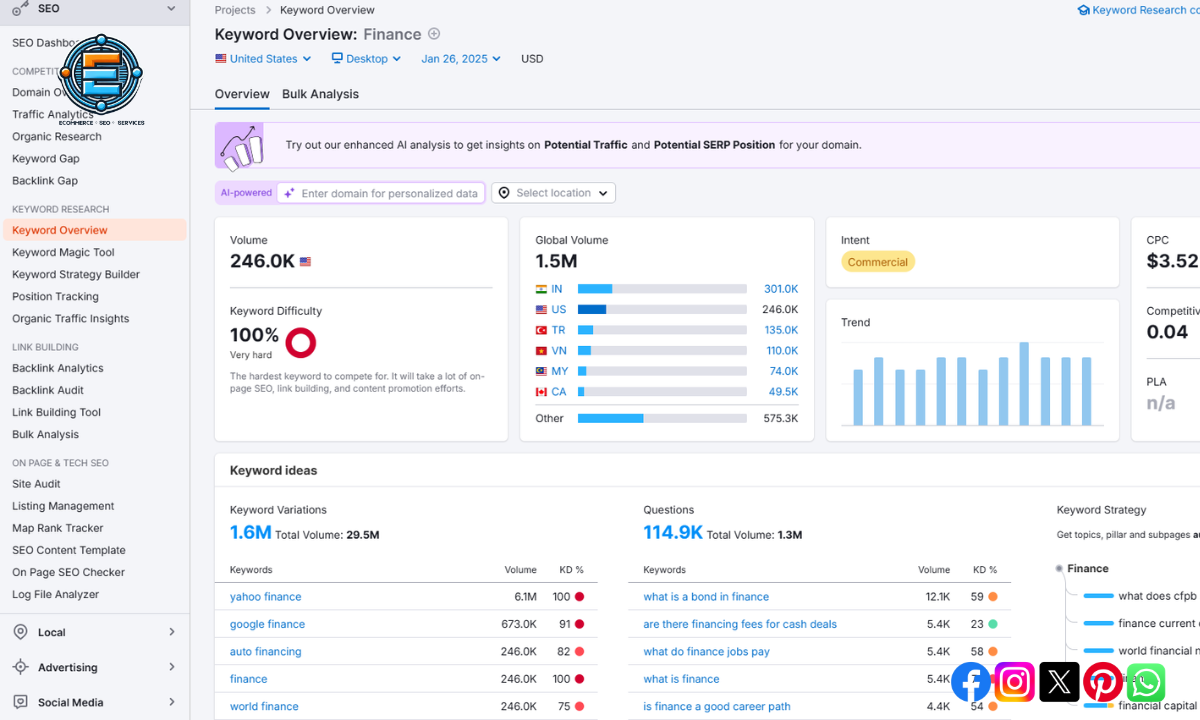
Focus on long-tail keywords. These phrases generally have less competition and can capture targeted search intent. For example, instead of just “shoes,” consider “best running shoes for flat feet.” This approach helps align your content with what customers are specifically looking for.
Optimizing Site Structure and Navigation
A clear site structure enhances user experience (UX) and makes it easier for search engines to crawl your website. Organize your products into categories and subcategories that make sense. This logical site architecture helps users find what they need quickly.
Ensure your navigation is intuitive. Include search bars and filters to further aid your customers.
Utilize internal linking to connect related products, which keeps users engaged on your site longer. A well-structured website not only improves SEO but also boosts sales conversions by providing a seamless shopping experience.
Technical SEO and On-Page Optimization
Focusing on technical SEO and on-page optimization is vital for boosting your e-commerce website’s performance. These practices help improve user experience and enhance search engine visibility.
Enhancing Site Speed and Mobile-Friendliness
Site speed is critical for user experience. A fast-loading site keeps visitors engaged and reduces bounce rates. Aim for a load time of under three seconds.
To achieve this, compress images and use modern formats like WebP to decrease loading times.
Mobile-friendliness is equally important. With a significant number of users browsing on mobile devices, ensure your site is responsive.
Use Google’s Mobile-Friendly Test to evaluate your site. Implementing a mobile-first design can enhance usability and cater to mobile shoppers.
Utilizing Tags and Descriptions Effectively
Effective use of title tags and meta descriptions improves your site’s SEO. The title tag should include primary keywords and be under 60 characters. This helps search engines understand page relevance.
Meta descriptions should be concise and compelling, ideally between 150-160 characters. Use action words and include relevant keywords. This encourages click-through rates from search results.
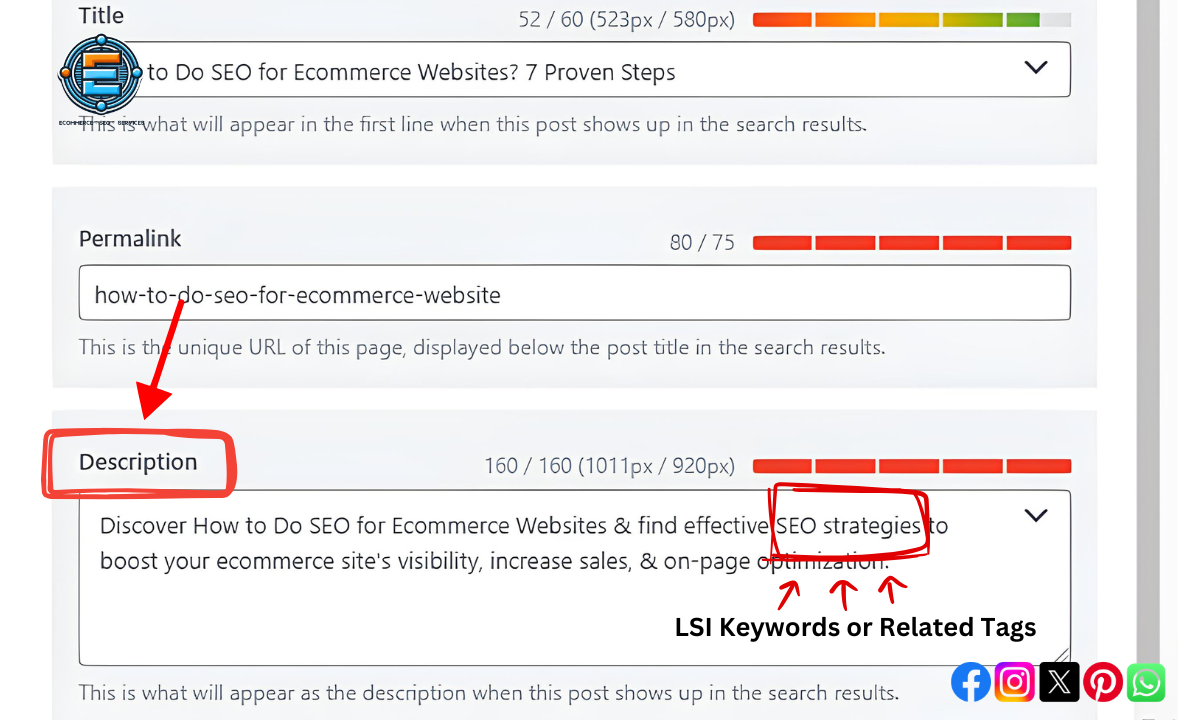
Additionally, consider using canonical tags to avoid duplicate content issues. This signals to search engines which version of a page you want to be indexed.
Leveraging Analytics and Search Console Insights
Analytics tools are essential for monitoring your site’s performance. Google Analytics helps you track user behavior, sales conversion rates, and traffic sources.
Use this data to identify top-performing products and optimize underperforming areas.
Google Search Console provides insights into how your site appears in search results. You can see which keywords drive traffic and identify any technical issues.
Fixing these issues can improve your site’s visibility and crawlability, resulting in better rankings.
Utilizing both tools allows you to refine your SEO strategy based on real data and enhance your e-commerce website’s success.
Content Marketing and Link Building
Effective content marketing and link building are essential for driving traffic to your ecommerce website. By creating valuable content and acquiring quality backlinks, you can improve search visibility and attract customers with commercial intent.
Creating SEO-Driven Content for Ecommerce
To achieve success, focus on creating SEO-driven content that resonates with your target audience. This includes keyword research to understand what potential customers are searching for.
Use tools like Semrush and Ahrefs to identify relevant keywords.
Your content should include engaging product descriptions, informative blog posts, and helpful guides that address common customer questions. Aim to provide real value, which builds trust and encourages sharing.
Incorporate keywords naturally and avoid keyword stuffing. Optimize your content with clear headings, bullet points, and images. This enhances readability and keeps users on your site longer, which positively impacts your SEO.
Acquiring Quality Backlinks
Building quality backlinks is key to boosting your site’s authority.
Start by reaching out to industry influencers and related websites to share your content. Offer guest posts in exchange for backlinks to your ecommerce site.
Another effective strategy is to fix broken links on other websites. If you find a broken link pointing to relevant content, suggest your own content as a replacement. This tactic can lead to valuable backlinks.
Focus on links from reputable sites within your niche. These backlinks can greatly enhance your site’s search visibility, making it easier for customers to find you when they conduct product searches. Create valuable resources that others want to link to and promote your content actively.
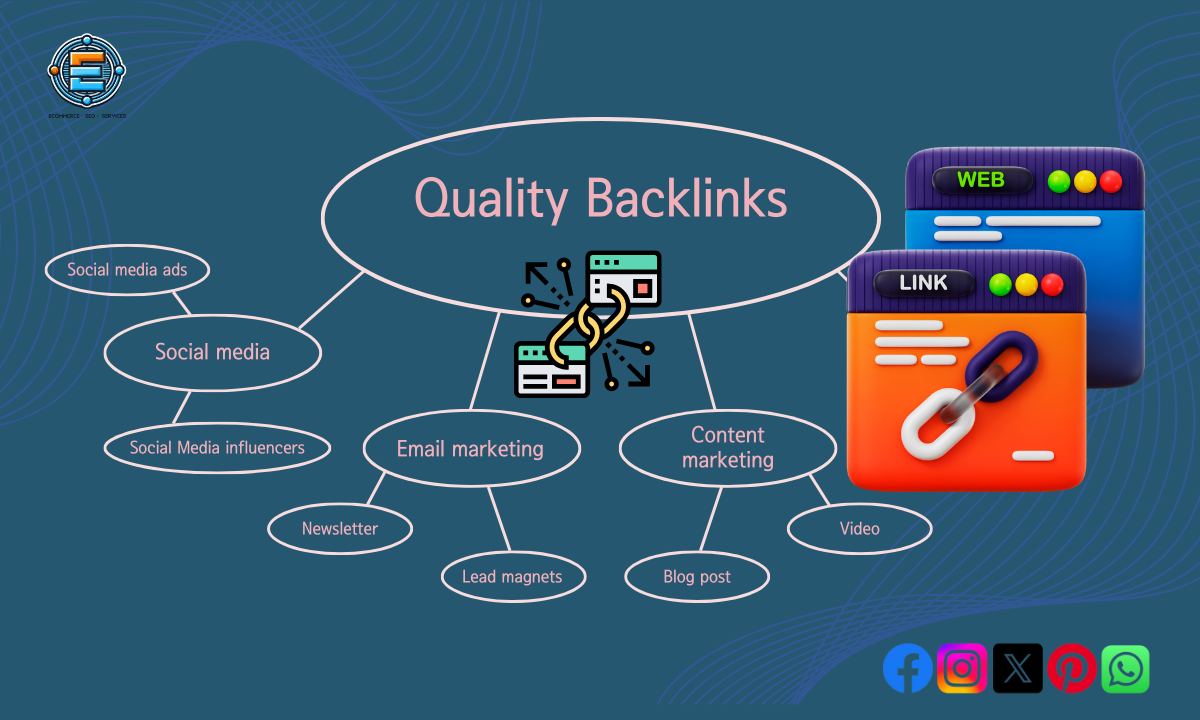
FAQs
In this section, you will find answers to common queries about optimizing your ecommerce website. These points will cover key strategies, essential tools, and specific practices aimed at improving your site’s search engine visibility.
What are the key steps to effectively optimize an ecommerce website for search engines?
To optimize your ecommerce website, focus on keyword research, ensuring relevant keywords are used throughout your site.
Optimize your product pages, use clear URL structures, and implement a robust internal linking strategy. Additionally, improve site speed and ensure mobile optimization for better user experience.
What SEO strategies should be implemented on product pages to enhance ecommerce performance?
For product pages, use unique and descriptive titles along with detailed product descriptions that include targeted keywords.
Implement high-quality images with alt text, create customer reviews, and add structured data markup to help search engines understand your offerings better. All these factors contribute to enhanced visibility.
How can I improve my ecommerce site’s rankings on Google?
To improve rankings, focus on creating high-quality content that provides value to users.
Build backlinks from reputable sites to increase authority. Regularly update your content, optimize for technical SEO, and monitor your performance using analytics tools to identify areas for improvement.
Are there any SEO checklist recommendations for a new ecommerce website?
Yes, start by conducting thorough keyword research to target the right terms.
Ensure your site has a clear structure and optimized URLs. Create an XML sitemap and submit it to search engines, and don’t forget to set up Google Analytics and Google Search Console for tracking purposes.
What tools are essential for managing SEO in an ecommerce setting?
Essential tools include keyword research tools like SEMrush or Ahrefs, and analytics tools such as Google Analytics.
You should also consider using a rank tracking tool to monitor your keywords and a site auditing tool to check for technical issues. These tools help streamline your SEO efforts.
Does SEO for ecommerce differ from traditional SEO practices, and how?
Yes, SEO for ecommerce focuses more on product optimization, site navigation, and user experience. Traditional SEO methods still apply, but ecommerce sites need extra strategies. These include optimizing individual product pages, managing inventory dynamics, and working with product reviews to enhance visibility and conversion rates.

